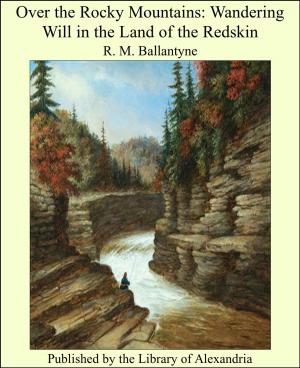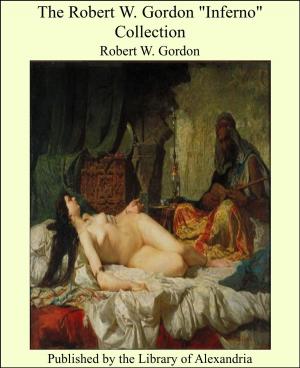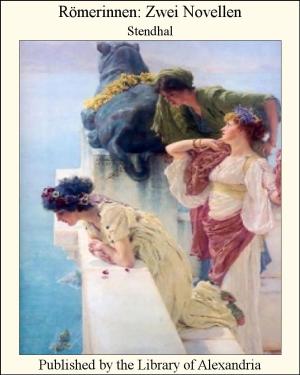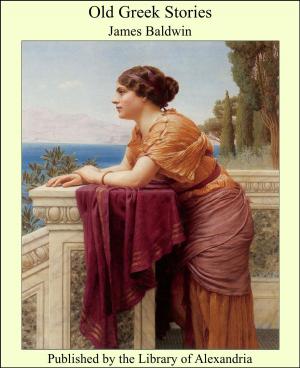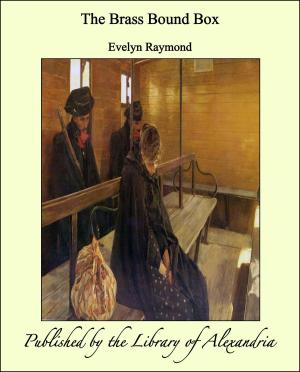Valeria: The Martyr of the Catacombs
Nonfiction, Religion & Spirituality, New Age, History, Fiction & Literature| Author: | William Henry Withrow | ISBN: | 9781465602947 |
| Publisher: | Library of Alexandria | Publication: | March 8, 2015 |
| Imprint: | Language: | English |
| Author: | William Henry Withrow |
| ISBN: | 9781465602947 |
| Publisher: | Library of Alexandria |
| Publication: | March 8, 2015 |
| Imprint: | |
| Language: | English |
On a bright spring morning in the year of our Lord 303—it was in the "Ides of March," about the middle of the month, but the air was balmy as that of June in our northern clime—two note-worthy-looking men were riding along the famous Appian Way, near the city of Rome The elder of the two, a man of large size and of mighty thews and sinews, was mounted on a strong and richly-caparisoned horse. He wore the armour of a Roman centurion—a lorica or cuirass, made of plates of bronze, fastened to a flexible body of leather; and cothurni, or a sort of laced boots, leaching to mid-leg. On his back hung his round embossed shield; by his side, in its sheath, his short, straight sword, and on his head was a burnished helmet, with a sweeping horsehair crest. His face was bronzed with the sun of many climes. But when, for a moment, he removed his helmet to cool his brow, one saw that his forehead was high and white. His hair curled close to his head, except where it was worn bare at his temples by the chafing of his helmet, and was already streaked with grey, although he looked not more than five-and forty years of age. Yet the eagle glance of his eye was undimmed, and his firm-set muscles, the haughty expression of his countenance, and the high courage of his bearing, gave evidence that his natural strength was not abated. His companion contrasted strongly in every respect. He had a slender, graceful figure, a mobile and expressive face, a mouth of almost feminine softness and beauty, dark and languishing eyes, and long, flowing hair. He wore a snowy toga, with a brilliant scarlet border of what is still known as "Greek fret;" and over this, fastened by a brooch at his throat, a flowing cloak. On his head sat jauntily a soft felt hat, not unlike those still worn by the Italian peasantry, and on his feet were low-laced shoes or sandals. Instead of a sword, he wore at his side a metal case for his reed-pen and for a scroll of papyrus. He was in the bloom and beauty of youth, apparently not more than twenty years of age.
On a bright spring morning in the year of our Lord 303—it was in the "Ides of March," about the middle of the month, but the air was balmy as that of June in our northern clime—two note-worthy-looking men were riding along the famous Appian Way, near the city of Rome The elder of the two, a man of large size and of mighty thews and sinews, was mounted on a strong and richly-caparisoned horse. He wore the armour of a Roman centurion—a lorica or cuirass, made of plates of bronze, fastened to a flexible body of leather; and cothurni, or a sort of laced boots, leaching to mid-leg. On his back hung his round embossed shield; by his side, in its sheath, his short, straight sword, and on his head was a burnished helmet, with a sweeping horsehair crest. His face was bronzed with the sun of many climes. But when, for a moment, he removed his helmet to cool his brow, one saw that his forehead was high and white. His hair curled close to his head, except where it was worn bare at his temples by the chafing of his helmet, and was already streaked with grey, although he looked not more than five-and forty years of age. Yet the eagle glance of his eye was undimmed, and his firm-set muscles, the haughty expression of his countenance, and the high courage of his bearing, gave evidence that his natural strength was not abated. His companion contrasted strongly in every respect. He had a slender, graceful figure, a mobile and expressive face, a mouth of almost feminine softness and beauty, dark and languishing eyes, and long, flowing hair. He wore a snowy toga, with a brilliant scarlet border of what is still known as "Greek fret;" and over this, fastened by a brooch at his throat, a flowing cloak. On his head sat jauntily a soft felt hat, not unlike those still worn by the Italian peasantry, and on his feet were low-laced shoes or sandals. Instead of a sword, he wore at his side a metal case for his reed-pen and for a scroll of papyrus. He was in the bloom and beauty of youth, apparently not more than twenty years of age.



